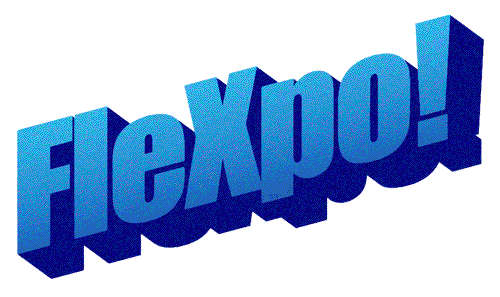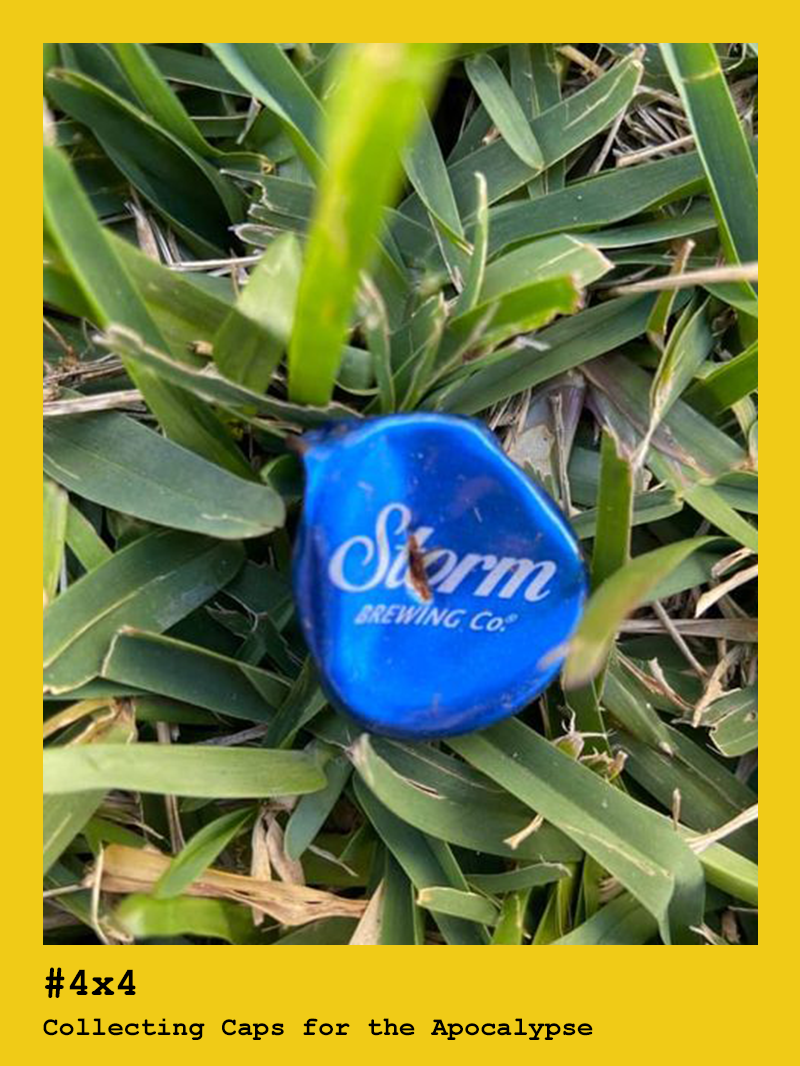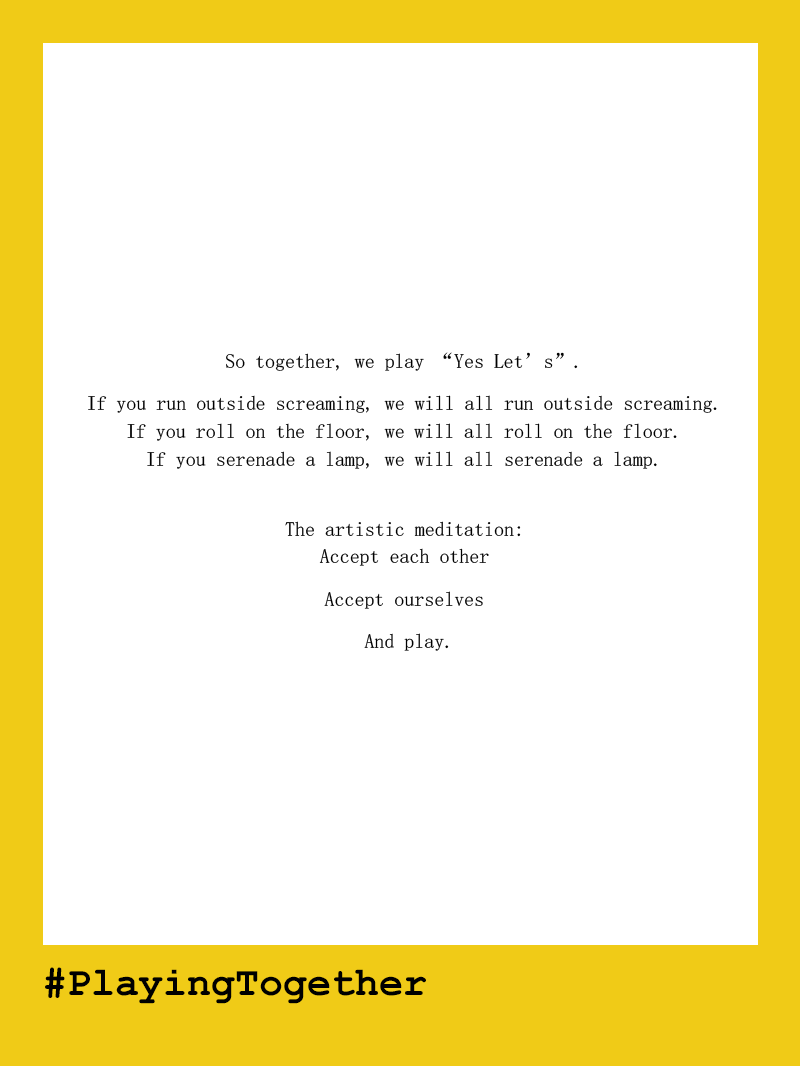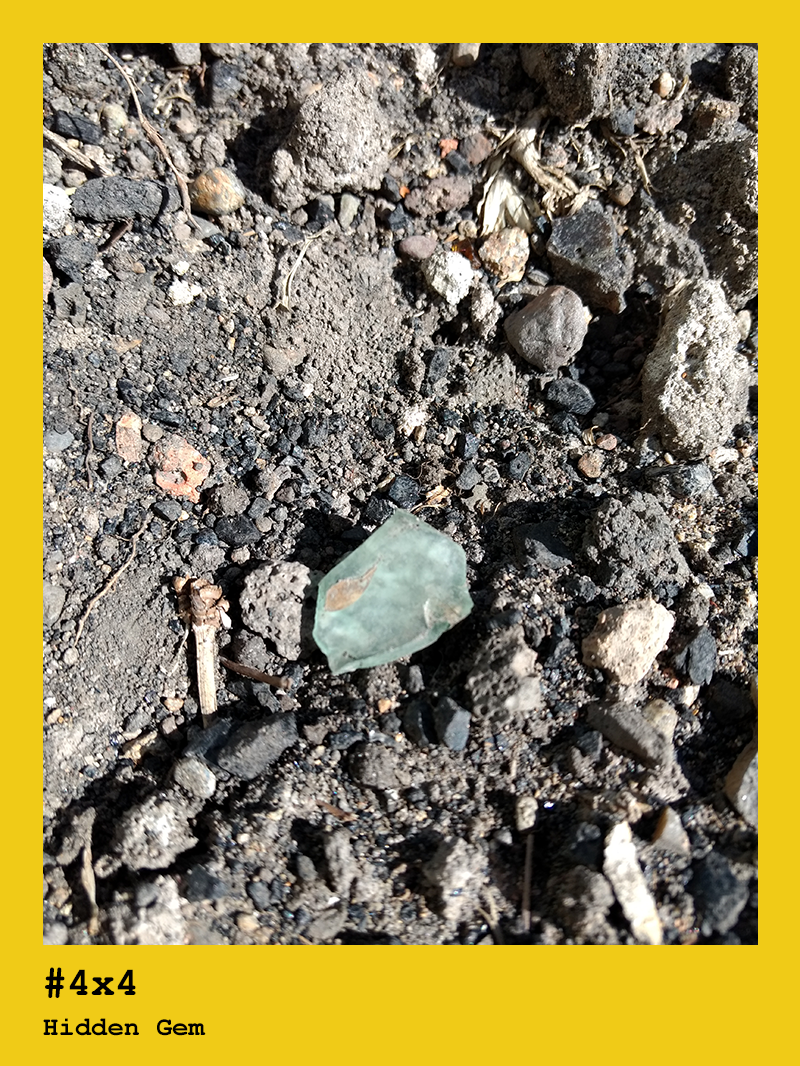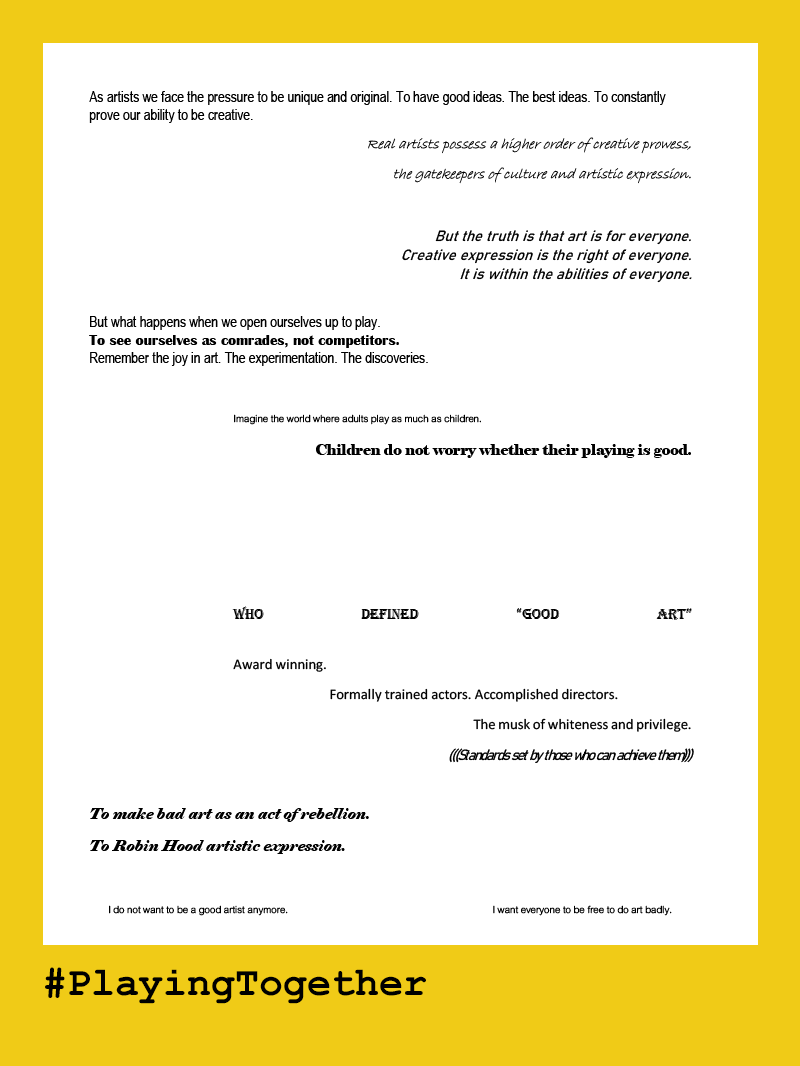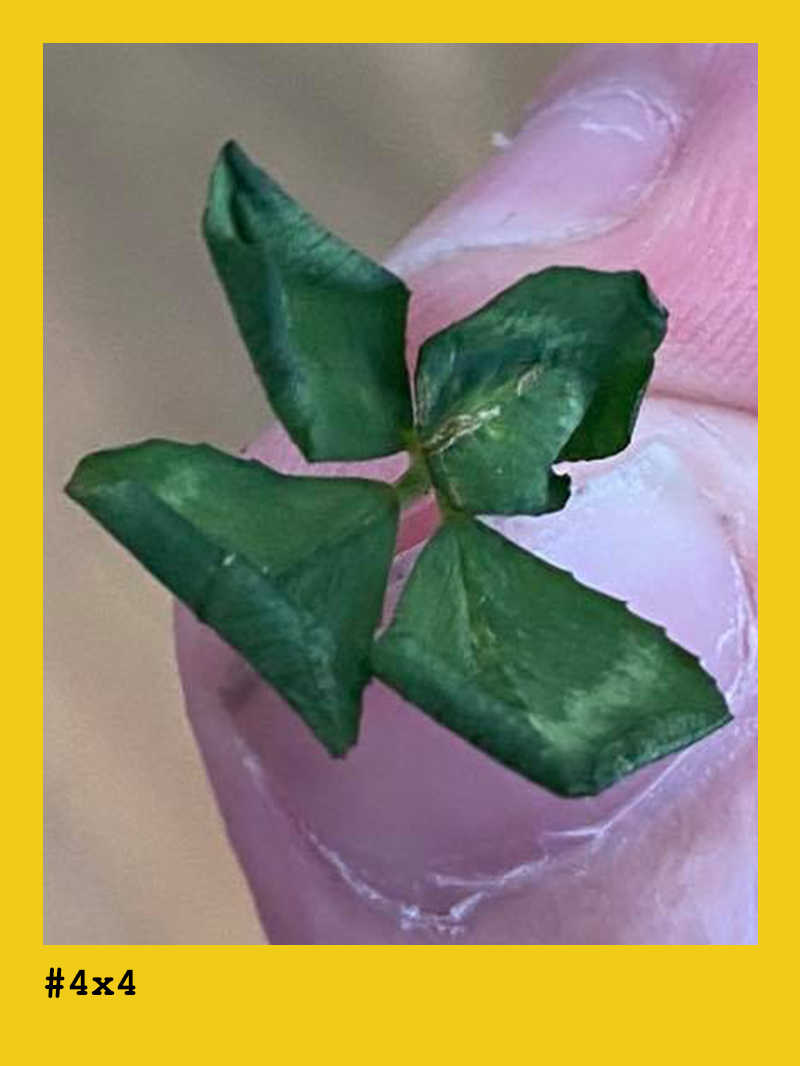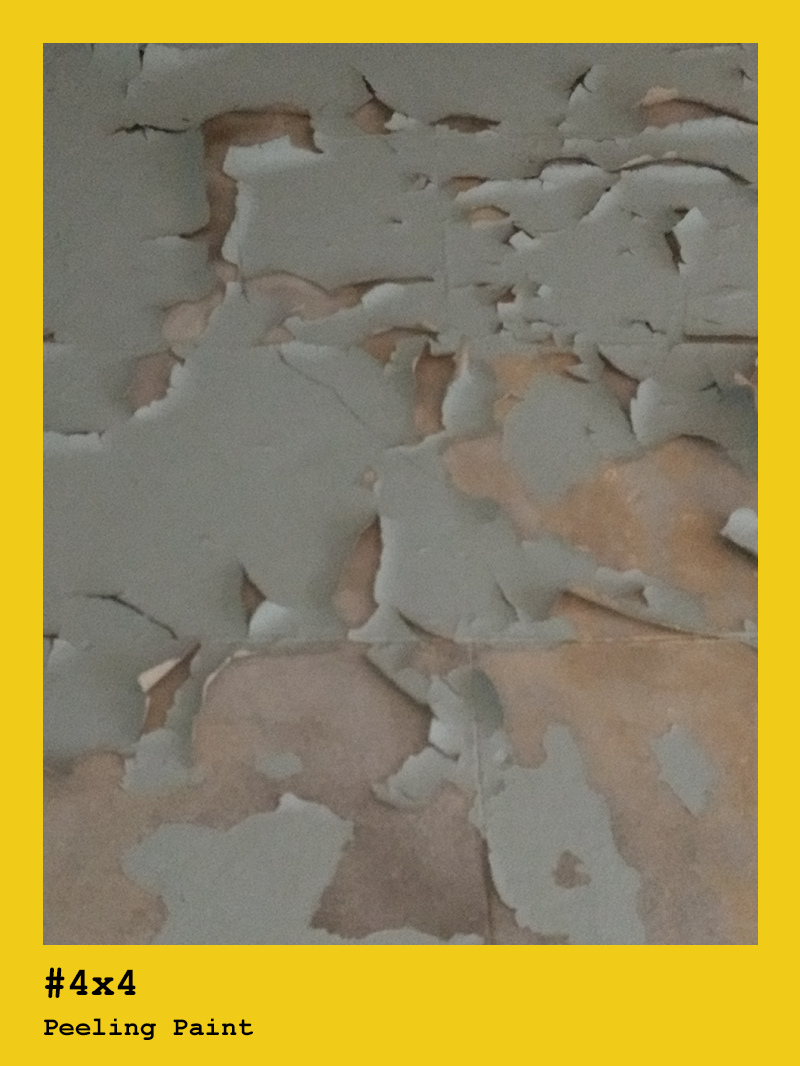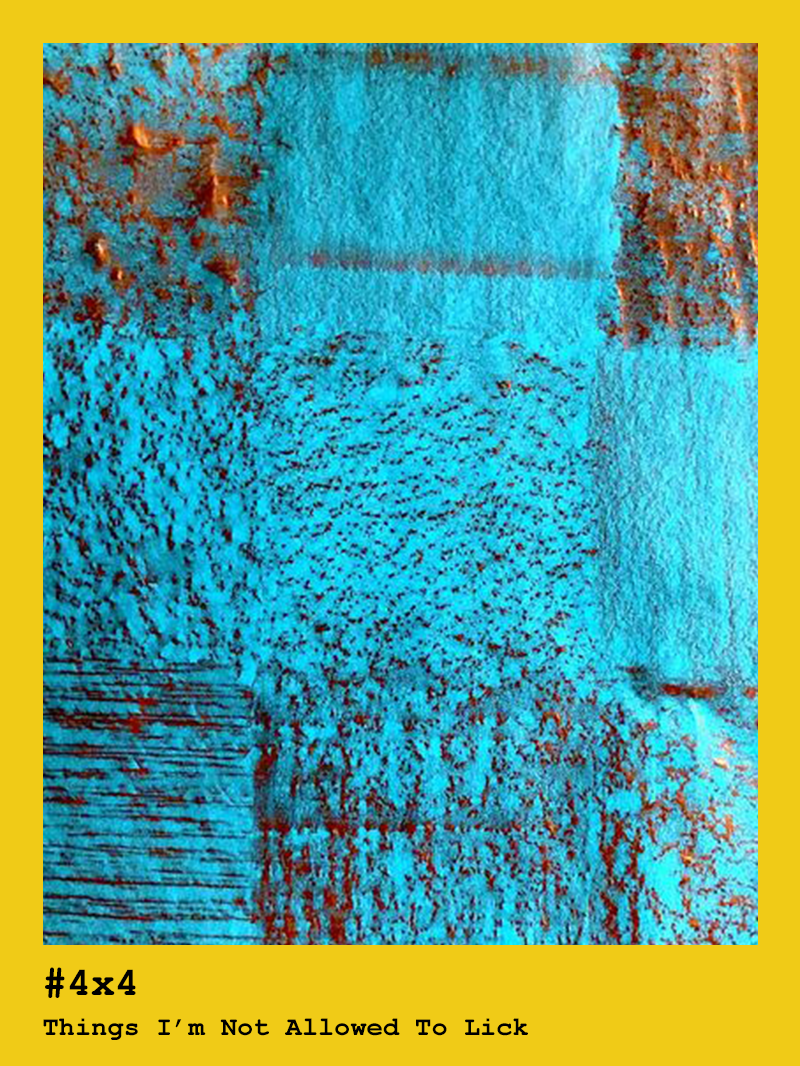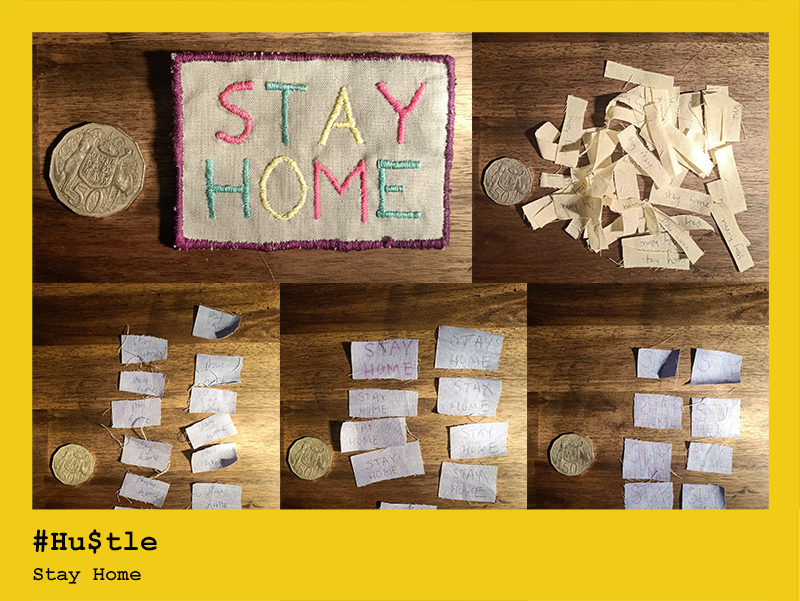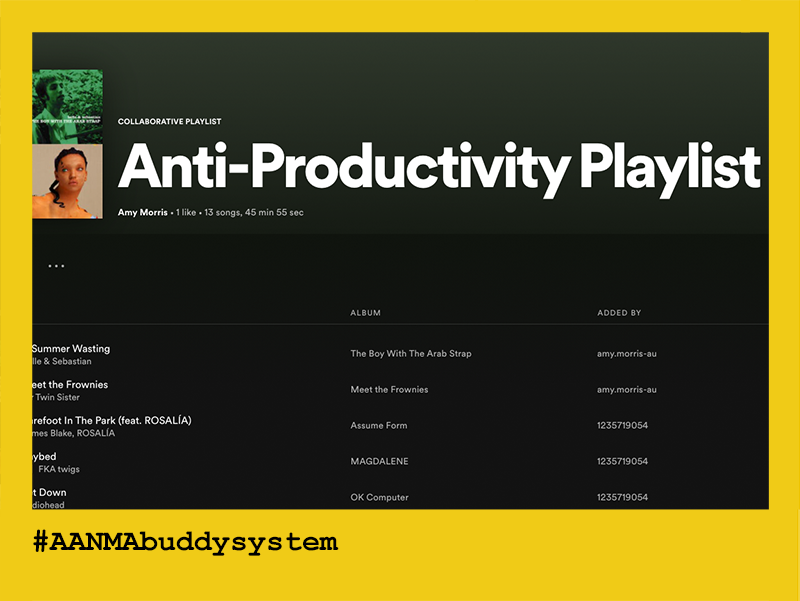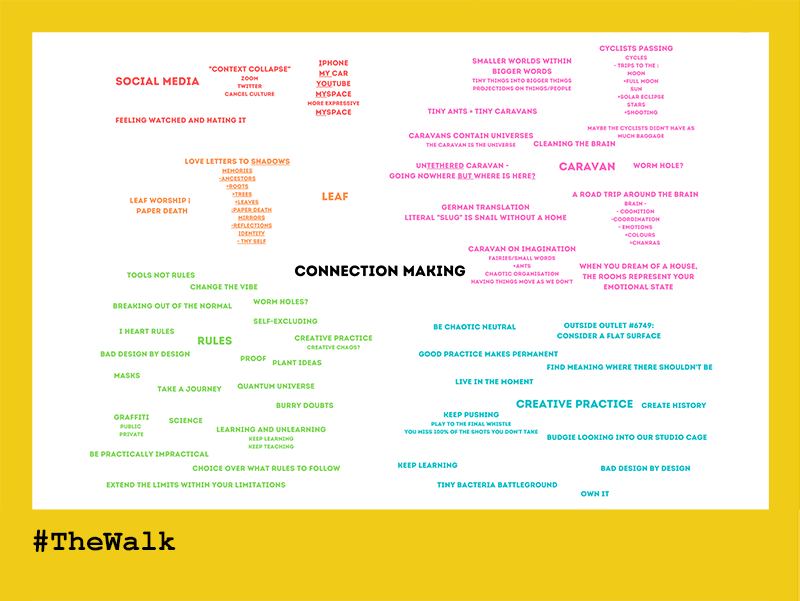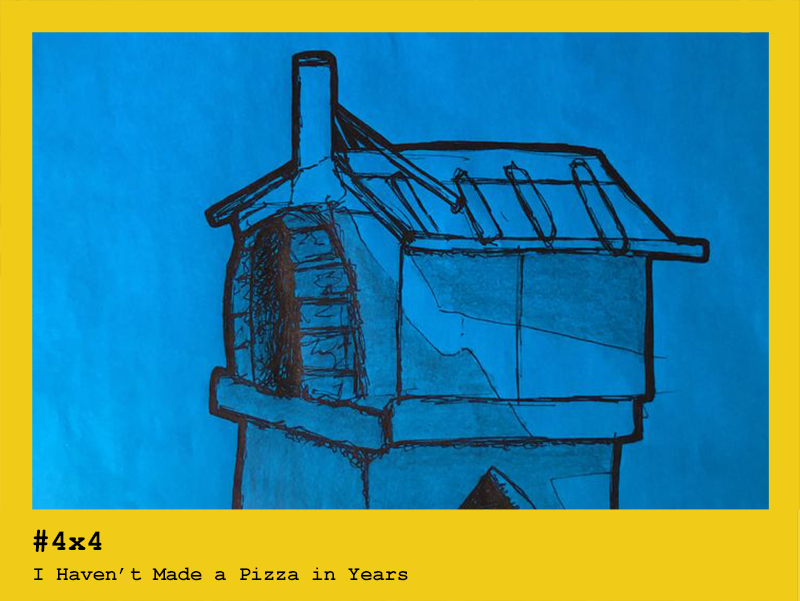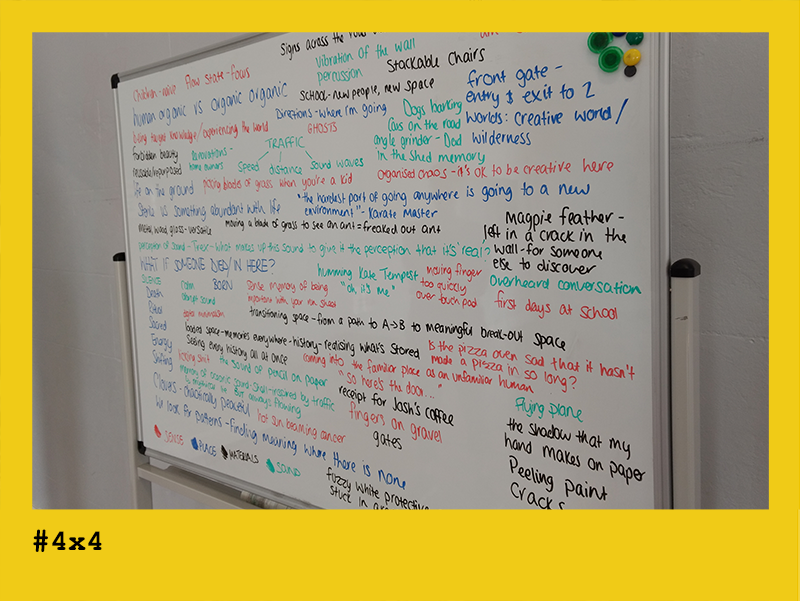You have entered the AANMA Lab!
I'm part of Tantrum's Research Team.
Click here for your induction.
Dear Artist (read: “Human Being”),
Though late, welcome to your COVID-19 induction.
What hasn’t changed: you must still make art (read: “work”).
What has changed: we cannot gather like we used to, which may or may not make it impractical for you to make art (read: “work”).
Conclusion: you must make art about not making art (read: “work”).
Over 1 month, Tantrum invited 8 local early-career artists to gather regularly in the lab (read: “Tantrum Studio in Newcastle”) to conduct some important research, investigating what it is to be / feel unproductive. We’ve disrupted the natural order of things by prioritising creativity over any outcome, focusing on collective sharing and reflection as acts with implicit value. This experiment led to our own experiments. You’ll find the procedures below, as well as some of our results.
*** IMPORTANT: Please DO try this at home. ***

EXPERIMENT 1: 4 X 4
Research Assistant: Alex Travers
This experiment asks you to consider your relationship to landscape.
How does it impact how we make / don’t make art?
What’s our relationship to the environment in which we live?
How is our connection to Earth and environment changing?
Is it possible to see environment as the architecture in which we make / don’t make our art?
You have been selected by the Department of Creative Output to go on a field trip to anywhere of your choosing, whether new or familiar.
Collect the following data:
- 4 spaces
- 4 sense memories
- 4 raw materials
- 4 sounds
Document your findings in any way you choose.
You can record them, write them, take pictures, make movement to them, hold them – the less you think about the outcome, the better!
Once you’ve conducted your own experiment, we’d love to see your results.
Take a look at our findings and share your own below.
EXPERIMENT 3: Playing, Together
Research Assistant: Amy Morris
To play: to engage in an activity for enjoyment rather than a serious or practical purpose
– often associated with children.
“Play requires attention, acceptance of the unknown, offers the challenge and develops the ability to use creative thinking.
In order to play a game, in general, we also need to understand its rules or offer new ways of doing things.” – JANA POPOVIC
Free yourself of the need to be “good”.
To be “talented”.
To be “right”.
And instead, together we will play. One game, with one simple rule: YES, LET’S.
Anyone in the group can suggest or do anything*, and we will try it and join in.
There is no winning.
There is no losing. We are a team – a group of friends – together, we will try anything.
We build on ideas or offer entirely new ones.
Free ourselves of judgement and fear and open our hearts and minds to PLAY.
*As long as it doesn’t cause individual or collective harm.
View our findings and share your own experience of play below.
EXPERIMENT 2: Hu$tle
Research Assistant: Eryn Leggatt
In our capitalist driven world,
time is money and efficiency is paramount.
As artists, we are often expected to justify our creative pursuits to family, friends and society at large.
We’re told that to be “successful” as an artist, we must make money. We’re told that we should “charge what we are worth” – taking into consideration our labour costs, our material costs and the years we’ve spent honing our craft…
“Hobby” has become a dirty word and art, like time, is money.
The Department of Creative Output requires you to meet key KPIs to bring in more revenue. Take a piece of art that you have previously made and replicate it as many times as you can in 30 minutes.
It doesn’t need to be “good”.
It just needs to be fast.
Time is money and we must be efficient if we are going to be successful in not making art.
Once you have completed your experiment, please share your results. Choose your least favourite reproduction and submit it below with a brief pitch on why it should be included in the prestigious AANMA collection.
After all – confidence (like time and art) is also money. $$
EXPERIMENT 4: The Walk
Research Assistant: Alexandra Rose
Make connections and discover new and exciting stories in your everyday life through the use of creativity.
Bring along your camera and note book to jot down your new findings as you walk around your town, neighbourhood or yard to see the world in a different light.
The Department of Creative Output needs more ideas.
Find some time (15-30 minutes) to go for a walk and jot down all the things you see that spur your imagination.
What could become an ‘idea triggers’?
Could a caravan hide a magical world within?
Or do the placement of doors and windows turn a wall into the face of a bird?
Allow these connections to come to you.
Keep your eyes open and your mind wandering.
Instead of looking harder, try looking softer.
Leave all distractions at home.
Your dog, emails and partner can wait.
And remember – no creative idea is too bizarre or boring!
We would love to hear about the connections you make. Take a look at our findings and share your own below.
OR LEAVE A COMMENT / SUBMIT YOUR FINDINGS BELOW

